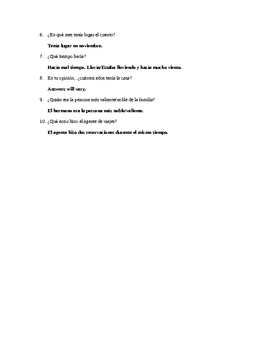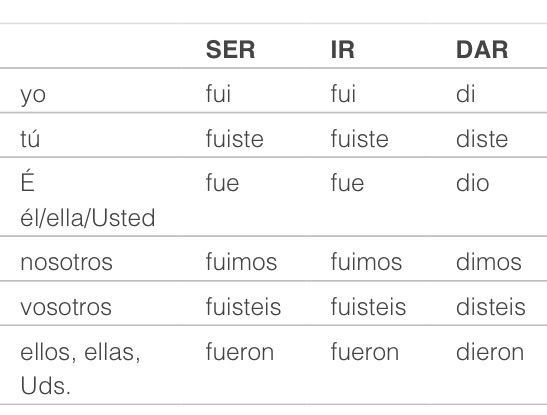

To conjugate leer to the Spanish present perfect, use the structure haber (in the present tense) + leído ( past participle).
_massive.jpg)
For instance: ¿Qué libro no leerían? Person We use this verb in the conditional tense to talk about what people would read. Leer conditional conjugations are regular. PersonĬonjugate leer to the future simple tense to explain that someone will read something at some point in the future. For example: Jonathan va a leer un poema. Conjugate leer to these tenses to express that people are about to read something. To form the Spanish near or immediate future, use the formula ir (present indicative tense) + a + leer. For example: Mi mamá siempre nos leía un cuento. You can also use these forms to communicate how or what people used to read.

We conjugate this verb to the past imperfect tense to talk about people’s past reading habits. Click here to check similar verbs in the preterite tense. Take Note: Spanish verbs whose stems end with a vowel will follow the same pattern as leer. For example: ¿Qué libro leyeron este mes? Person We use these forms to communicate that people read something in the past. You can see these changes in the leer conjugation chart below. Additionally, the preterite ending for ‘tú’ must be accented. For these subject pronouns, we must use the stem ley. Leer preterite conjugations have a stem change only for the third-person singular and plural. For instance: Sally lee el periódico todos los días. We conjugate this verb to the present tense to talk about someone’s current reading habits or skills. Leer present tense conjugations don’t have any stem changes. Indicative Conjugations of Leer Present tense


 0 kommentar(er)
0 kommentar(er)
